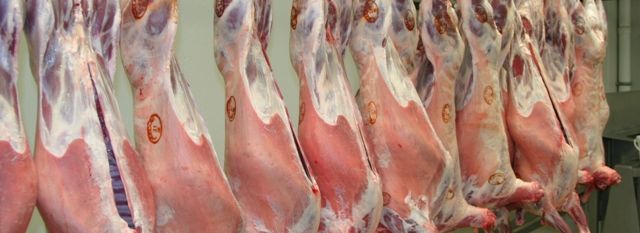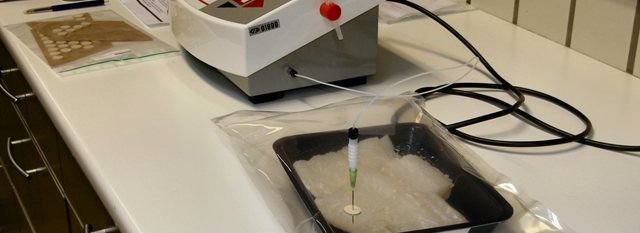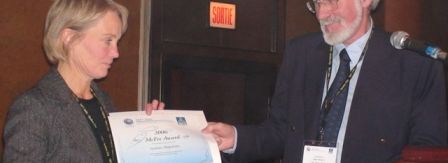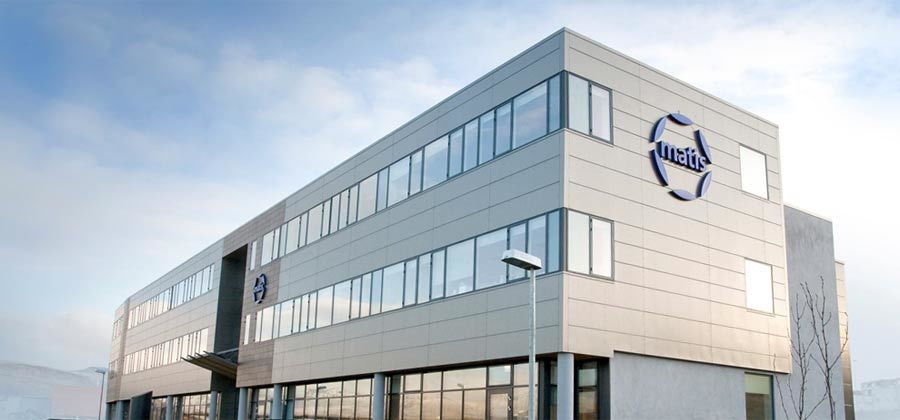The first report published by Matís ohf deals with research on how cooling speed affects the quality of lamb. It states, among other things, that in recent years, engine cooling in slaughterhouses has increased significantly and cooling in meat is therefore faster than before, which sometimes wants to reduce the quality of the meat.
The report is called Effect of chilling on lamb tenderloin and it states that the speed of cooling has a great influence on the quality of the meat and the cooling must follow the process of freezing to death in such a way that the quality of the meat is as high as possible. Too rapid cooling or freezing of lamb shortly after slaughter can cause cooling in the meat and result in stiffer (tougher) meat. According to Ásbjörn Jónsson, one of the authors of the report, better quality is achieved if you wait to freeze the meat until the process of death solidification is fully completed.
The main objective of the project was to study the texture properties (tenderness) of lamb meat at different refrigeration temperatures and times in slaughterhouses. Temperature measurements were made in dilka carcasses in the slaughterhouse of slaughterhouses at different air temperatures. Samples were taken from the vertebral body dilka carcasses after varying lengths of presence in the meat hall, and they were frozen. Texture measurements were then performed on the samples to assess the effect of cooling on the muscle. The study showed that meat stored in a meat hall and frozen the same day (after 4-5 hours) was stiffer than meat that had a longer cooling time in the meat hall after slaughter.
In addition to Ásbjörn, those who worked on the project were Óli Þór Hilmarsson and Valur Norðri Gunnlaugsson. They all worked for Matra, but started working for Matís ohf at the end of last year. The project was funded by the Agricultural Contracts Executive Committee.











